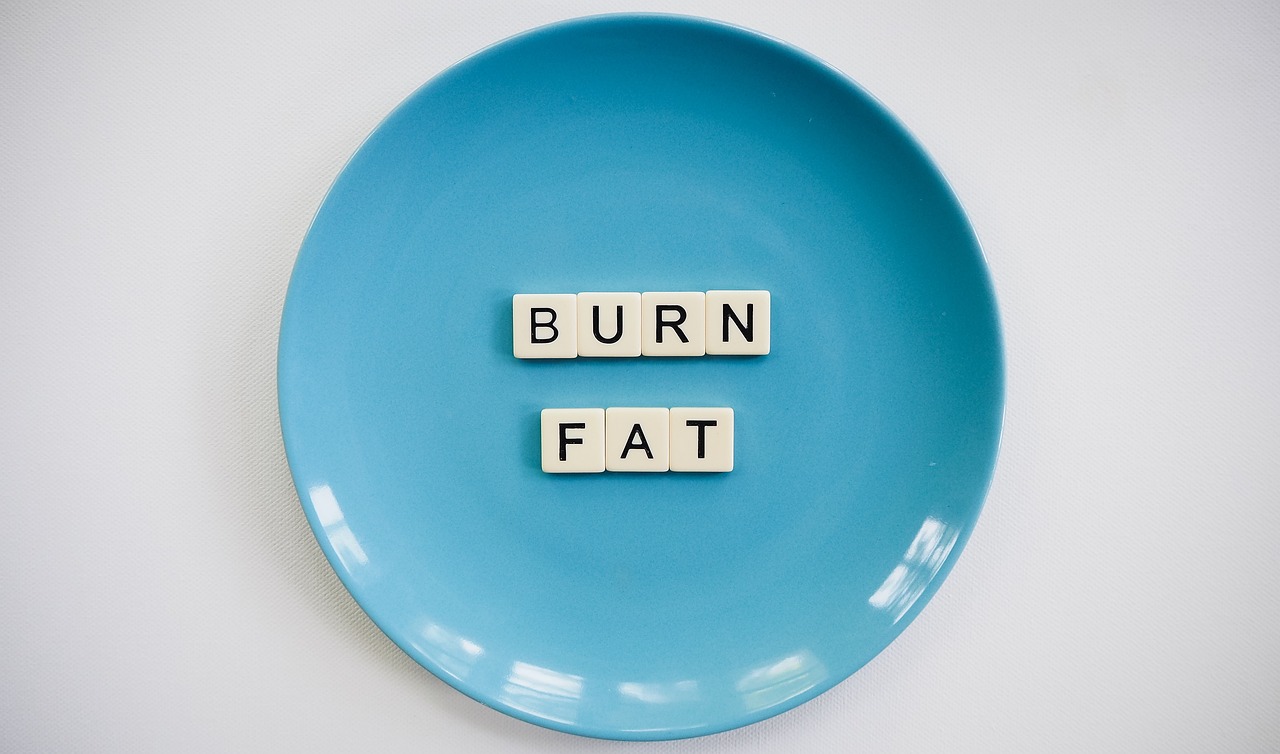
Intermittent Fasting and Exercise: The Ultimate Weight Loss Duo
What if there was a powerful duo that could take your fat-burning efforts to new heights? Enter intermittent fasting and exercise – the ultimate weight loss dream team. You can find the best app here to manage your intermittent fasting journey better. These two powerhouse strategies have been making waves in the health and fitness world, promising great results when combined. Read on to learn how exercise complements and enhances the benefits of intermittent fasting, helping you reach your ultimate desires and goals faster than ever before.
Enhanced Metabolic Flexibility
Metabolic flexibility refers to the body’s ability to switch between different fuel sources, such as glucose and fat, depending on its energy needs. It’s such a crucial part of overall health and weight management. When doing intermittent fasting and exercise, this metabolic flexibility is further enhanced. During periods of fasting, the body depletes its glycogen stores (the stored form of glucose) and starts tapping into fat for energy. This process is known as ketosis. By combining intermittent fasting with exercise, you can amplify this fat-burning effect. Exercise stimulates the production of hormones like growth hormone and catecholamines that promote lipolysis – the breakdown of fats. This means that when you work out during your fasting state, your body becomes even more efficient at burning stored fat for fuel.

Accelerated Fat Burning
Intermittent fasting works by forcing your body into a state of ketosis, where it starts burning stored fat for fuel instead of glucose. By extending the period between meals, you give your body a chance to tap into its fat reserves and use them as energy. But here’s where exercise takes things up a notch.
When you combine intermittent fasting with regular physical activity, you create a dynamic duo that amplifies fat-burning potential. Exercise revs up your metabolism and increases calorie expenditure both during and after your workout session. Moreover, engaging in high-intensity interval training (HIIT) while in a fast state can supercharge the process even further. Studies have shown that HIIT workouts done during an intermittent fast can lead to greater fat oxidation compared to exercising after eating.
Improved Insulin Sensitivity
Intermittent fasting and exercise both contribute to improving insulin sensitivity. During fasting periods, there is a decrease in circulating insulin levels, causing the body to become more sensitive to its effects when food is consumed. This means that even small amounts of carbohydrates can be effectively utilized by our cells instead of being stored as fat. Exercise also enhances insulin sensitivity by increasing muscle contraction and glucose uptake. As we engage in physical activity, our muscles require more energy, leading to increased demand for glucose absorption from the bloodstream. From time to time, it can simply lead to improved overall glycemic control and reduced risk of developing certain issues such as type 2 diabetes.

Muscle Preservation and Growth
Last but not least, exercise stimulates protein synthesis in our body, which helps build new muscle tissue. When we fast, our bodies switch to burning stored fat for energy. However, if we don’t provide enough stimulus through exercise, our bodies may start breaking down muscle tissue instead. Strength training exercises like lifting weights or performing bodyweight exercises are particularly effective in preserving and promoting muscle growth during intermittent fasting. These exercises create microtears in the muscles, which triggers the body’s repair process and leads to stronger muscles over time.
